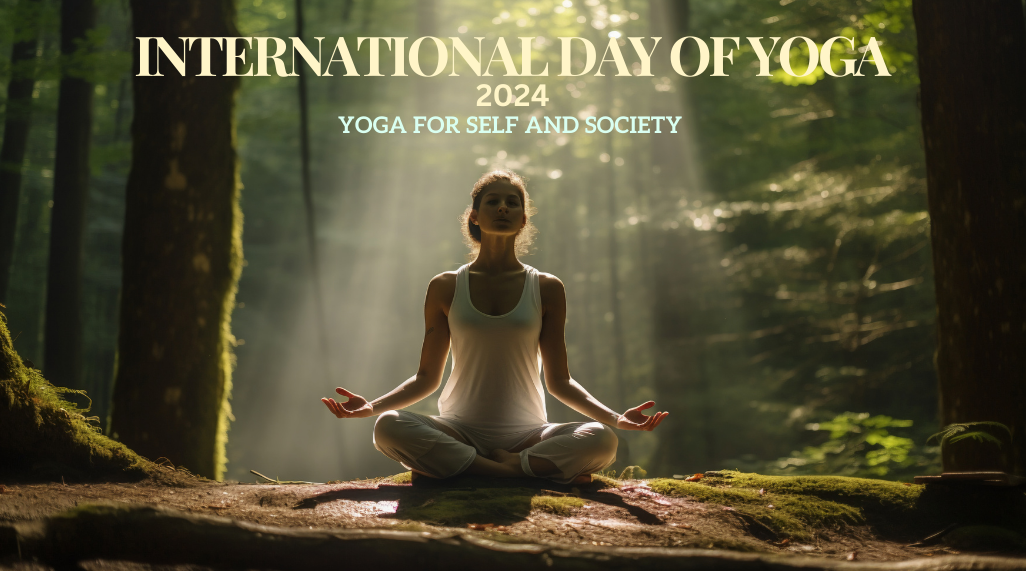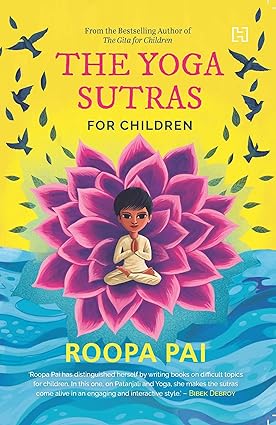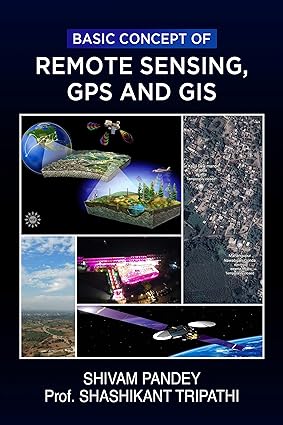The International Yoga Day is observer annually on June 21st, is a global celebration of the ancient Indian practice of Yoga. The United Nations General Assembly declared June 21st as the International Day of Yoga on December 11, 2014. The idea for an International Day of Yoga was proposed by Indian Prime Minister Narendra Modi during his address at the United Nations General Assembly in 2014. By addressing he said “Yoga is an invaluable gift of India’s ancient tradition. It embodies unity of mind and body; thought and action; restraint and fulfillment; harmony between man and nature; a holistic approach to health and well-being. It is not about exercise but to discover the sense of oneness with yourself, the world and the nature. By changing our lifestyle an creating consciousness, it can help us deal with climate change. Let us work towards adopting an International Yoga Day.”
In a historic move on December 11th India’s permanent representative to the United Nations General Assembly proposed a draft resolution establishing June 21st as the International Day of Yoga. The resolution received overwhelming support from 177 members states, including the USA and was adopted without a vote. This marked the beginning of the annual celebration of Yoga’s unifying and beneficial influence around the world.
Theme For international Yoga Day 2024
The 2024 International Day of Yoga is the 10th edition of the International Yoga Day. The theme for International Day of Yoga 2024 is “Yoga For Self And Society.”
This theme emphasizes the transformative power of Yoga on both an individual and societal level. It highlights how Yoga practices can benefit not only one’s physical and mental well-being, but also contribute to fostering a sense of harmony and well-being within communities.

Yoga- Definition, Origin and Development:
Definition:
Yoga is a holistic practice that originated in ancient India, focusing on integration the mind, body and spirit. It encompasses physical postures (asanas), breathing exercises (pranayama) and meditation techniques. The primary goal of Yoga is self-realization, transcending suffering to attain freedom or kaivalya. Practicing Yoga aims to cultivate freedom, health and harmony across all aspects of life. The word “Yoga” is derived from the Sanskrit root ‘Yuj’ meaning ‘to join’ or ‘ to unite’ or ‘to yoke’. The word ‘Yoga’ was first mentioned in the ancient Hindu text known as ‘Rigveda’. According to the interpretations of Panini and Vyasa, Yoga is equated with samadhi, which denotes profound concentration and meditative absorption. Vyasa, known for his commentary on the Yoga Sutras, emphasizes that a practitioner who engages deeply with Yoga philosophy is termed a ‘Yogi’, while a female practitioner is referred to as a ‘Yogini’.
In Yogic tradition, Siva is revered as the Adiyogi, which translates to the first Yogi or the originator of Yoga. According to mythological and spiritual texts, Siva is said to have imparted the knowledge of Yoga to his wife Parvati.
Origins
The origins of Yoga can be traced back over 5,000 years ago to northern India. The origins of Yoga are a subject of scholarly debate, with differing perspectives on its chronology and development. Two main theories attempt to explain the origins to Yoga-
1. Linear Model (Vedic Origins):
According to the linear model, Yoga traces its roots back to the Vedic period, around 1500 to 500 BCE, as reflected in early Vedic texts such as the Rigveda and the Upanishads. This model suggests that Yoga evolved within the framework of Vedic rituals and philosophies, eventually influencing early forms of Hinduism and later Buddhism.
2. Synthesis Model:
The Synthesis model proposes that Yoga emerged as a synthesis of indigenous, non-Vedic practices indigenous to ancient India, which included Shamanism, Asceticism and ritualistic practices.
Development:
Early Yoga practitioners sought to understand the nature of existence through intense meditation and self-discipline. Throughout history, Yoga evolved through various schools of thought and practices. Classical Yoga as outlined by Patanjali, a Hindu author, mystic and philosopher in the Yoga Sutras, a classical Yoga text consisting eight limbs of Yoga, which are Yamas (Restraints), Niyamas (observances), Asanas (postures), Pranayama (Breath Control), Pratyahara (withdrawal of the senses), Dharana (concentration), Dhyana (meditation) and Samadhi (absorption or stillness).
In the late 19th and 20th centuries, Yoga gained global popularity as Indian gurus began to introduce it to the West. Today Yoga is practiced worldwide in diverse forms, ranging from traditional to modern interpretations, catering to various physical, mental and spiritual goals.
Frequently Asked Questions (FAQ):
What is the theme of International Yoga Day 2024 ?
The theme for International Day of Yoga 2024 is “Yoga For Self And Society.” This theme emphasizes the transformative power of Yoga on both an individual and societal level. It highlights how Yoga practices can benefit not only one’s physical and mental well-being, but also contribute to fostering a sense of harmony and well-being within communities.
International Yoga Day is celebrated annually on which date ?
The International Yoga Day is observer annually on June 21st, is a global celebration of the ancient Indian practice of Yoga.
What is the significance of International Yoga Day?
It aims to raise awareness about the benefits of practicing yoga and promote global health and harmony. It raises global awareness about the benefits of yoga for physical, mental, and spiritual well-being.
Who initiated International Yoga Day?
The idea for an International Day of Yoga was proposed by Indian Prime Minister Narendra Modi during his address at the United Nations General Assembly in 2014. In a historic move on December 11th India’s permanent representative to the United Nations General Assembly proposed a draft resolution establishing June 21st as the International Day of Yoga. The resolution received overwhelming support from 177 members states, including the USA and was adopted without a vote. This marked the beginning of the annual celebration of Yoga’s unifying and beneficial influence around the world.
Related Books:
What are the Yoga Sutras? Instructions for bearded rishis who lived in the forests of ancient India? Or the complete manual of asanas? etc.











